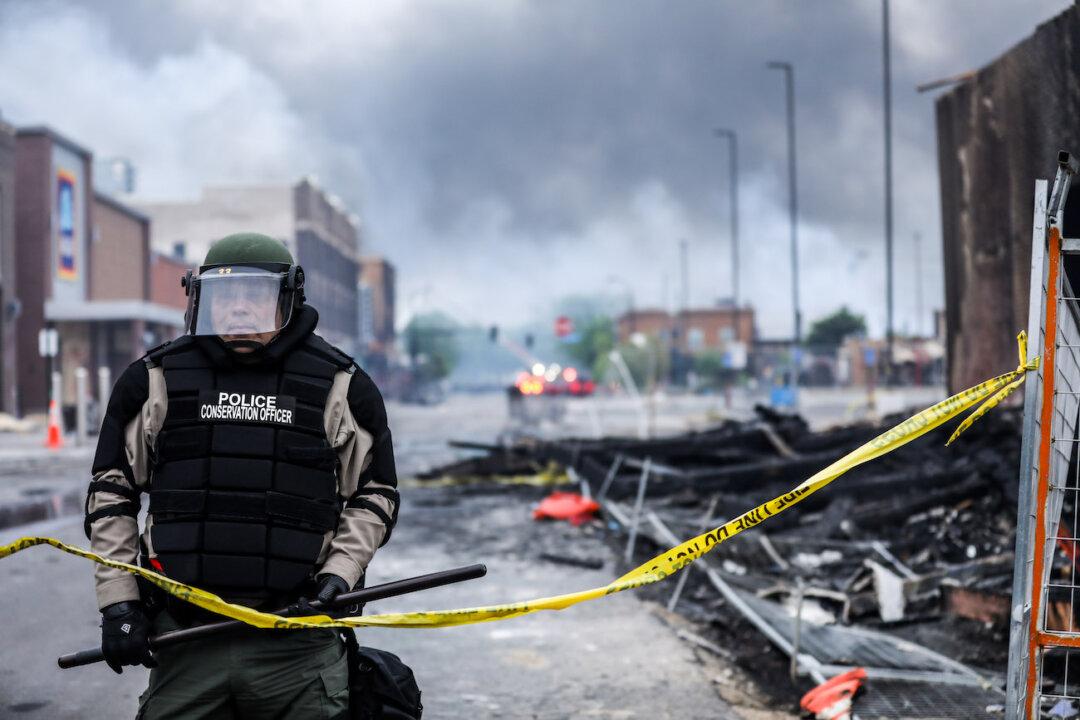Commentary
The recent turmoil—the protests, riots, occupations, vandalism, and destruction across the country and in other countries in response to a death in police custody in Minneapolis—reminded me of my own days as a student radical.

The recent turmoil—the protests, riots, occupations, vandalism, and destruction across the country and in other countries in response to a death in police custody in Minneapolis—reminded me of my own days as a student radical.